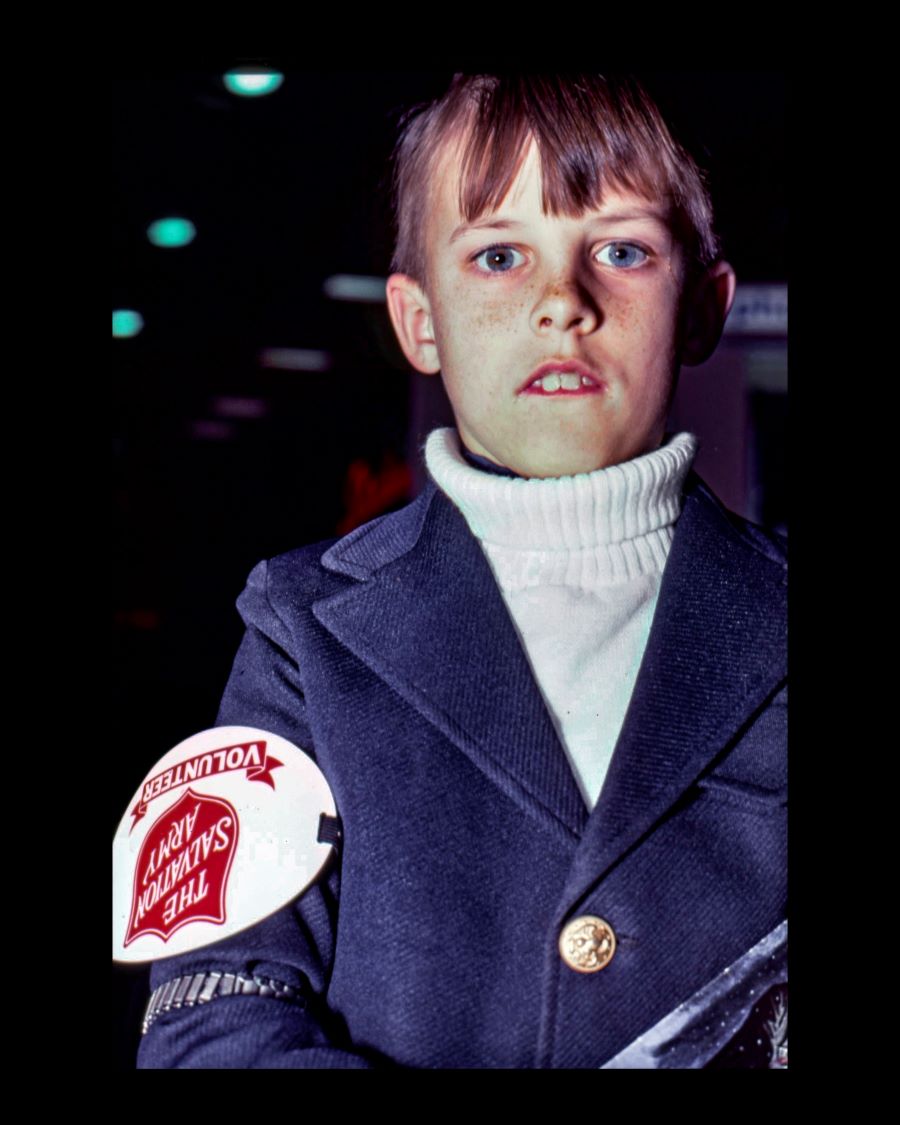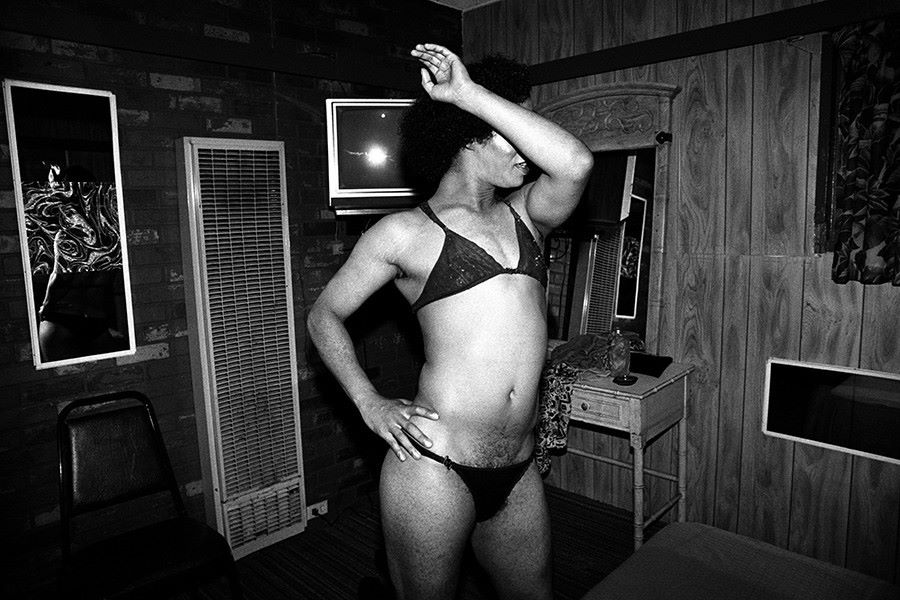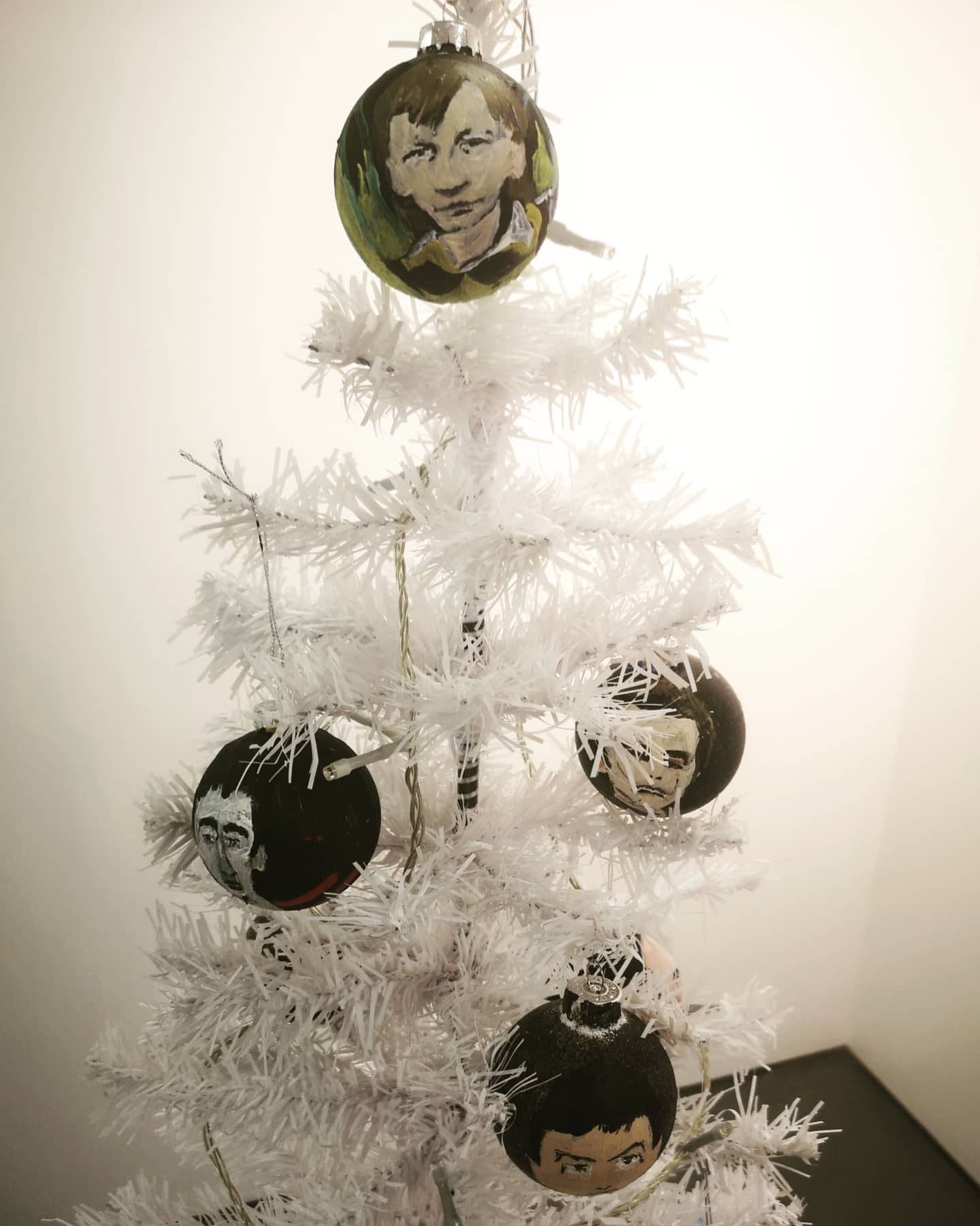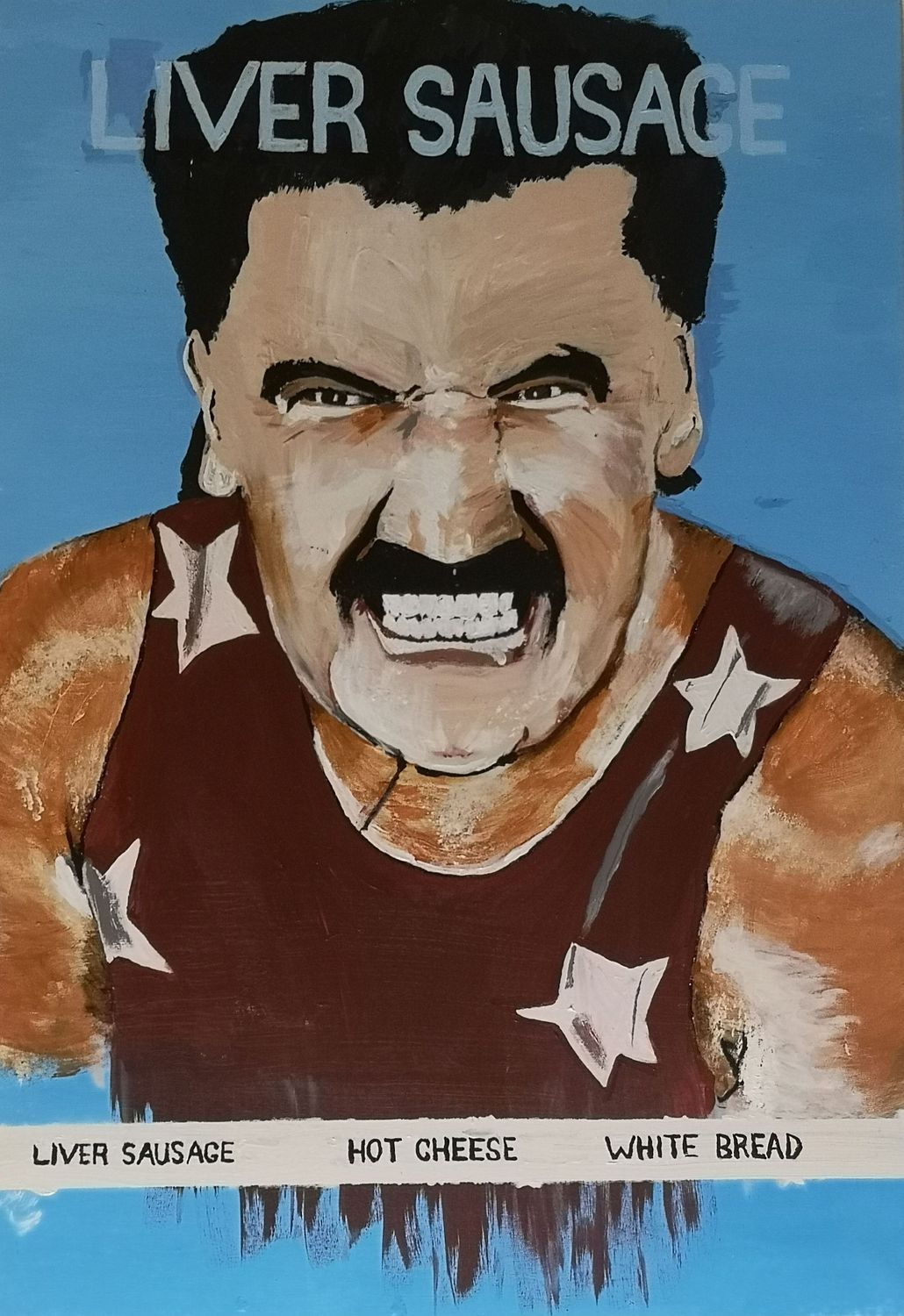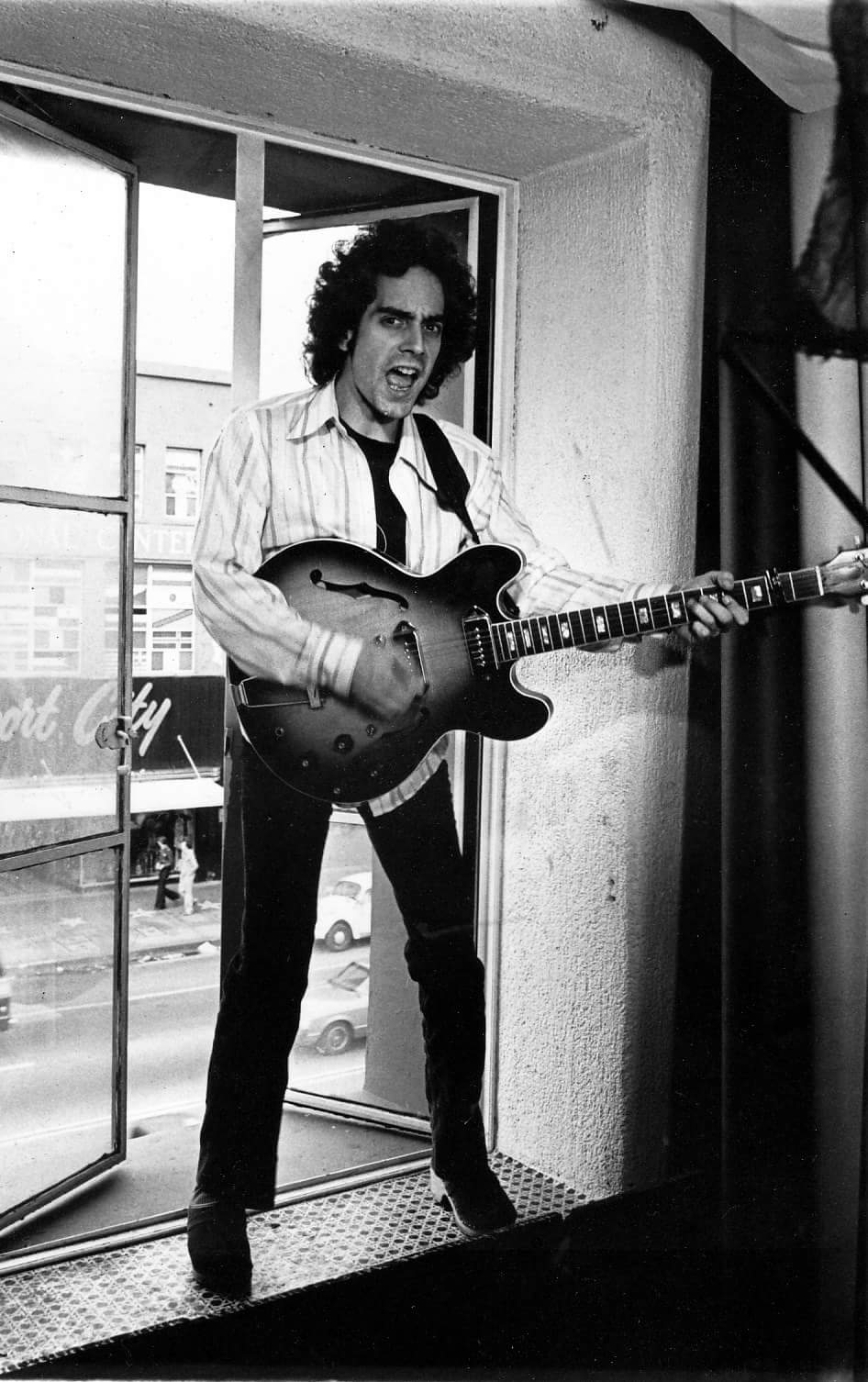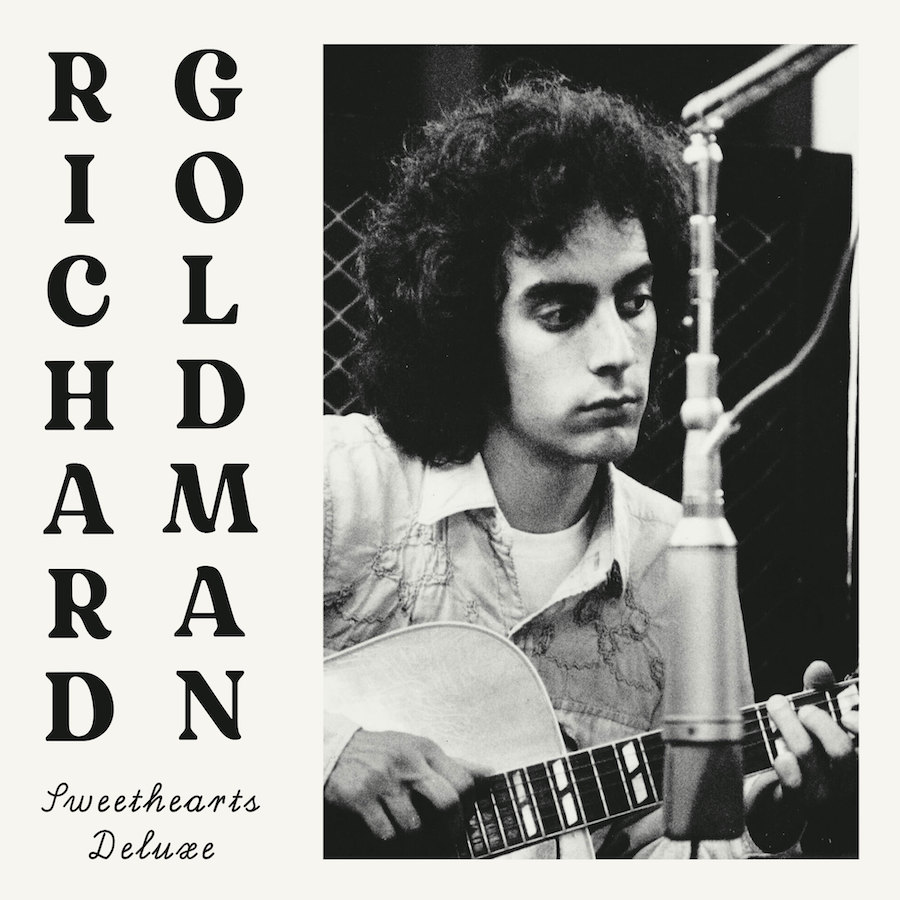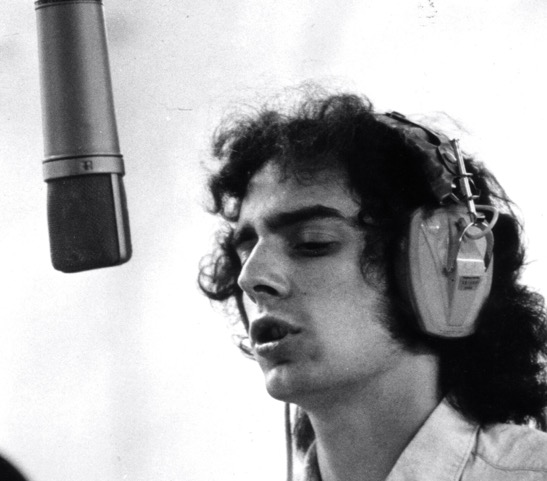
This is a guest post by Spencer Kansa, author of Wormwood Star: The Magickal Life of Marjorie Cameron, Zoning and Out There: The Transcendent Life and Art of Burt Shonberg. Perfect gifts for the festive season!
In the welter of pre-publicity for Brett Morgen’s Moonage Daydream, Bowie fans were baited with the promise that the filmmaker had been granted enviable access to the Bowie archive, an Aladdin’s cave of five million audio-visual treasures which, for the hardcore devotees amongst us, sounded like a mouthwatering prospect. That was until Morgen subsequently claimed to have stumbled upon the “Holy Grail” of lost Bowie booty: an unseen travelogue of the ever-elegant Englishman sauntering around the streets of Bangkok and Singapore, filmed during the final Asian leg of his all-conquering Serious Moonlight Tour of 1983.
Problem was, as any fan would know, this was simply not true: Richochet, as the documentary is titled, has been in wide circulation amongst the Bowie faithful for decades. The BBC had already borrowed far too heavily from it for Five Years, the first in what became their own Bowie trilogy of documentaries, and, sadly, like far too much of the content in Morgen’s film, it already exists on YouTube.
Similarly, Morgen’s much-trumpeted inclusion of the ‘Jean Genie’/‘Love Me Do’ rock-out with Jeff Beck, during the encore of the final Ziggy Stardust show, has been in the possession of fans, in grainier bootlegged form, for decades, ever since it was first broadcast on ABC-TV in 1974 and, at a later date, by the Rai network on Italian television. So, even before viewing this eagerly anticipated movie, alarm bells were ringing in some quarters.
Aside from the color correction and sound restoration that has been done, Morgen’s film is essentially an editing job pieced together in a collage fashion from the embarrassment of riches placed at his disposal; but based on the results, it would’ve been a wise move if he’d consulted more widely with Bowie connoisseurs before launching and landing the project.
While there has been some unfair criticism for what the film is not – a traditional, chronologically-paced documentary replete with exposition and talking heads – many of the rave reviews for Moonage Daydream appear to have been penned by casual fans, whereas for those in the know, the reaction has been decidedly more muted. And the reasons are manifold. Firstly, the fast cutting that Morgen periodically employs is often unnecessary and distracting, especially when your focus is the most supra-charismatic and aesthetically pleasing subject ever to appear in front of a camera. (During the ‘90s ‘Hallo Spaceboy’ section, a shot of an Earthling-era Bowie confabbing backstage at the Phoenix Festival with the Prodigy’s Keith Flint, which I’m sure both sets of fans would like to have savoured, flashes by in the blink of an eye.)
While the interpolation of classic films – from Bowie favs like Metropolis and Un Chien Andalou to clips culled from Kenneth Anger’s Magick Lantern Cycle, B-movie sci-fi schlockers and even The Matrix – is an act of supererogation, and the abstract visuals that animate several of the musical interludes are equally superfluous.
In its favour, the film offers some welcome behind-the-scenes antics and alternate camera angles from the Ziggy farewell concert at Hammersmith Odeon, including risqué upskirt shots of the Leper Messiah that clearly made the filmmaker D.A. Pennebaker blanch when he saw them as they never made it into his final cut. (Bear in mind, given the time it was filmed, Pennebaker even overdubs the words “well-hung” when Ziggy recites his resume.)
Bowie’s felt-tip pen storyboards for the proposed Diamond Dogs movie are neatly brought to life. There are some on and off-camera extras from his chin-wags with Russell Harty, and private glimpses of his mid-70s video-television art experiments that prompted John Lennon to nickname him “Video Dave.” Another gem is the previously unseen footage of Bowie live on stage in ‘Gouster’ mode, grooving while decked out in beret and fatigues and crooning a coke-hoarse rendition of ‘Rock ‘n’ Roll With Me’, taken from Philly Dogs shows, the seldom-seen soul revue that cannibalized the abandoned Diamond Dogs Tour to air cuts from his new but then-unreleased album, Young Americans.
Excerpts from the hotly coveted Earls Court concert from 1978, originally filmed by the actor/director David Hemmings, that Bowie shelved for undisclosed reasons, include tantalising teases of ‘Warszawa’, ‘Sound and Vision’ and ‘Heroes’, although this abridged version of the latter lacks the mesmeric power of the one captured in its entirety by London Weekend Television on the second night of this Earls Court run for their Bowie special.
And there are eye-catching rushes from the suspenseful ‘Jump They Say’ music video, featuring the Duke at his most dashing, as well as arresting bonus scenes from the bewitching collaboration between Bowie and La La Human Steps siren, Louise Lecavalier, extricated from the ‘Fame ‘90’ promo and the scrim projections of the accompanying Sound and Vision Tour for which they were originally conceived.
But despite such enticements, Moonage Daydream is a frustrating watch at times, especially those moments when Morgen maddeningly muffs the money shot. The sublime segue from ‘Wild Eyed Boy From Freecloud’ into ‘All the Young Dudes’ is one of the key moments of the entire Ziggy Stardust concert film, but instead of letting it play out to cast its spell, as the original footage does, Morgen cuts away to solar flares and ruins the effect.
When Bowie’s Lincoln Town Car arrives backstage for his concert at Earls Court, Morgen switches to fans filing into the arena, at precisely the wrong moment, so we don’t actually get to see the star of the show and his entourage emerge. (It’s hard to imagine that David Hemmings, who shot the actual footage, would have pulled away at that precise moment.)
While a montage, set to ‘Let’s Dance’, to showcase what a tasty little mover the Dame was, features his impressive tap dancing sequence from Absolute Beginners, but leaves out the crucial climax from the musical’s big production number (‘That’s Motivation’), where he out-Sinatra’s Sinatra and is winched into the air, Flying by Foy, to hand jive on top of a rotating globe. Morgen even excises the ending of the famous quote uttered by the bubbly moon-eyed fangirl outside the Diamond Dogs concert: “I’m just a space cadet – he’s the commander!”
I’m also surprised the filmmaker hasn’t received a litigious letter from the BBC, as he replays, in expanded form, pertinent Ziggy-era interviews about the rising importance of individualism and the rock star as false prophet that have already aired on their own Bowie documentaries. And he recycles two set pieces from their celebrated Cracked Actor doc. Firstly, by sampling the scene where a life mask is made of Bowie’s face, which Morgen marries to the very same song, ‘Quicksand’, albeit an alternative, non-album version. And although the ‘Cracked Actor’ live performance from the same programme is enhanced with some new footage, rather than cutting away, as the BBC does, to a waxwork of Elizabeth Taylor and other mannequins from the Golden Age of Hollywood, to help illustrate the theme of the song, Morgen merely superimposes stills from the famous photo session of Bowie with the movie queen instead.
And it’s not only major media corporations that Morgen’s recycled ideas from. The section dedicated to Bowie’s definitive film role, as Thomas Jerome Newton in The Man Who Fell To Earth, is scored with ‘Subterraneans’, an idea already realised, far more effectively, by Bowie superfan/film restorer, Nacho.
Furthermore, the insertion of Ziggy declaiming ‘Rock ‘n’ Roll Suicide’, inartfully juxtaposed with the Pepsi TV advert Bowie shot in exchange for their sponsorship of his highly ambitious but expensive to run Glass Spider Tour, that a couple of critics have taken as a rebuke to his, quite literal, ‘80s commercialism, doesn’t appear that mercenary at all if you already know that the money generated from it was used to pay for another stage – which took three days to assemble and pack down – so that Bowie could leapfrog shows and keep up a gruelling schedule.
The inclusion of late 60s deep cuts ‘Cygnet Committee’ and ‘Memory of a Free Festival’ (Bowie’s denunciation and celebration of hippiedom), which somewhat bookend the film, is another curious and unwelcome choice considering both are lower-tier tracks in his canon, and neither are indicative of the major themes that forged his legend during his Imperial Period that began when he left that decade for dead and relaunched himself into 70s rock superstardom.
And there are other strange anomalies. There’s a close-up of a widely seen schoolboy shot of the young master Jones, only his head has been transplanted from an even earlier school picture – for no reason whatsoever – so it makes him look like the younger brother of his classmates. And the ‘Ashes to Ashes’ promo, which was the life-changing moment for many second-generation Bowie fans, and remains one of his most magical moments, is marred by the oversaturation of colour that renders it a blur.
We expected so much more. Where’s the Ziggy rehearsal footage filmed at Haddon Hall? The recovered but still under-wraps performance of ‘Starman’ on Lift Off With Ayshea? The long-rumoured existence of Bowie’s full performance in The Elephant Man play? The Good Morning America interview with Rona Barrett? The unexpurgated footage of the Duke’s hero’s welcome at Victoria Train Station? The never-released concert footage of Bowie headlining the final night of the US Festival, in 1983, in front of an estimated 300,000 peoploids. Or Bowie being stalked and attacked by his alter-egos, in sinister puppet form, from the mothballed ‘The Pretty Things Are Going To Hell’ promo?
Inexplicably, the final chapter of the film, sees Morgen rerunning previously shown clips of Bowie riding the Escheresque escalators in the Singapore shopping plaza, and miming a flower blooming from an earlier seen outtake from ‘The Heart’s Filthy Lesson’ promo, for no apparent purpose. In fact, it seems like a shoddy oversight. And you can’t shake the nagging suspicion that, by now, Morgen has been so overwhelmed by his project that he’s resorted to just throwing stuff at the screen, and only makes you lament the other unseen material that could and should’ve been used in its place.
In this regard, Moonage Daydream has been rivalled for the Bowie highlight of the year by this recently shared pro-shot footage of a Serious Moonlight concert held at the Sydney Showground, which has lain unseen for nearly forty years.
Despite my misgivings, the film has struck big with cinema audiences, raking in millions at the regular box office and from special IMAX screenings, as well as via streaming services, where not only votaries but those uninitiated or new to the Bowieverse await. For the cognoscenti, the Earls Court concert footage is worth the price of admittance alone, although your appetite may be whetted, it won’t be satiated until the Bowie estate finally releases the full show. And how much longer are they going to wait? First-generation Bowie fans are now in their dotage, and us second-generation fans are getting up there in years, too. If the estate doesn’t start sharing some of the untapped jewels in the archive soon, many will no longer be around to see and appreciate them. And yet, the estate seems far more concerned with squeezing every last shekel from the fanbase – from licensing his name on Barbie dolls, NFTs, Stylophones and pop-up stores – to care.
Moonage Daydream is screening in select cinemas, and on streaming services, and is available to buy on DVD and Blu-ray.






